There are a lot of questions to ask when it comes to playing golf with a torn rotator cuff.
In some instances you can safely give it a go, but in more severe cases you HAVE to play it as safe as possible to make sure you don’t absolutely destroy your chances of playing golf again for a really long time.
Well, today we’ve answered all the important questions to make sure you take the proper steps when dealing with any rotator cuff issues you have going on…
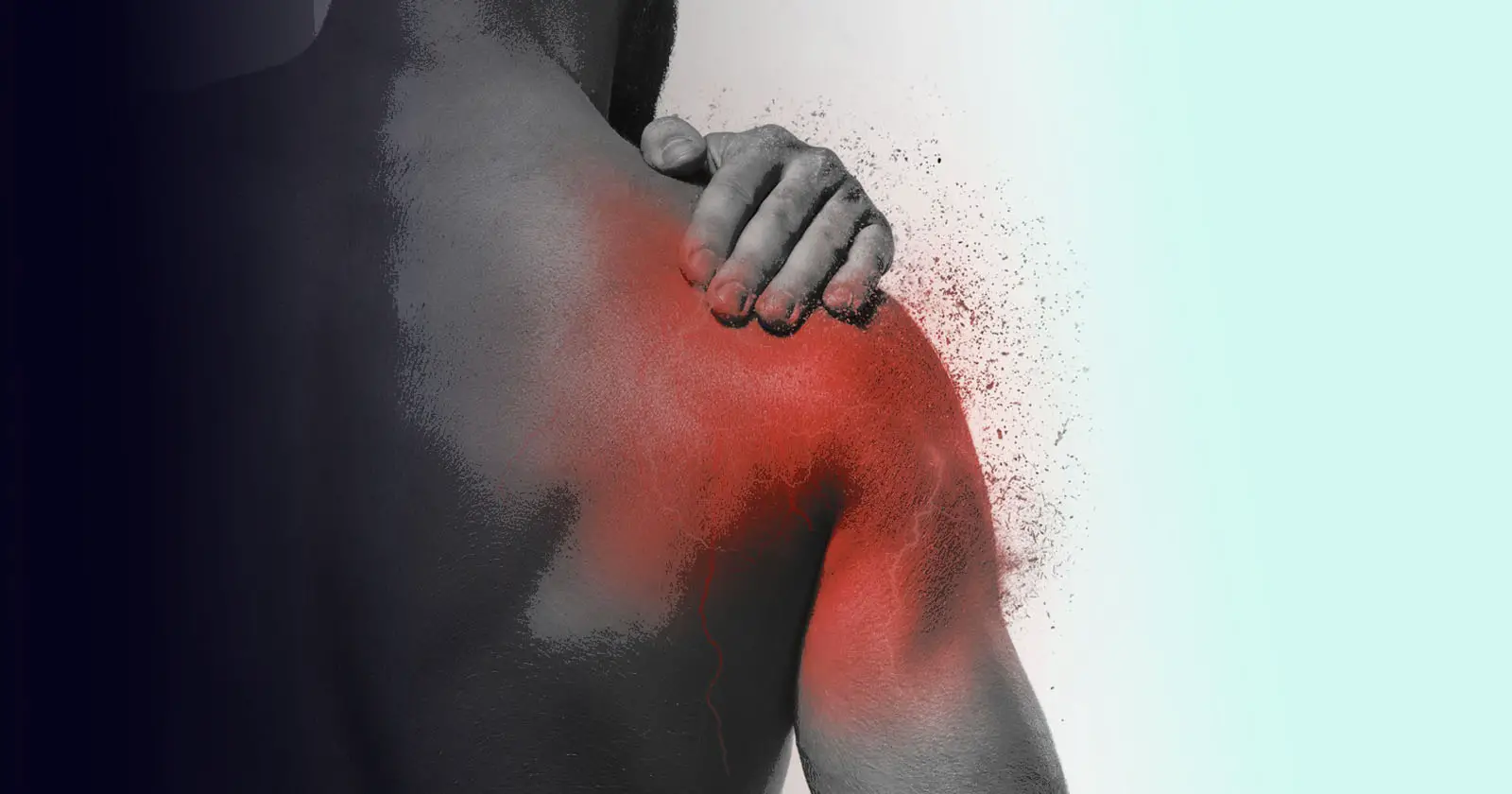
Your arms and shoulders play a critical role in the golf swing, and any injury or inflammation in the joint or tendons can severely constrain your shoulder and arm mobility, making golf even more challenging than usual.
Can I play golf with a torn rotator cuff?
You can play golf with a torn rotator cuff, but this will depend on the severity of the tear, as a full-thickness tear of the rotator cuff will require immediate surgery. In contrast, with a partial tear or tendonitis, you would still be able to play golf, with some limitations on your shoulder movement.
Rotator cuff injuries in golf are fairly common, and many golfers will continue to play through the pain rather than take some rest and treat it.
Being able to play golf with a torn rotator cuff will greatly depend on the degree of the tear, so let’s examine that a little further.
Could I play a round of golf with a torn rotator cuff?
If the rotator cuff is fully torn, then you would not be able to play golf as you wouldn’t be able to lift your arm.
A partial tear might be manageable, but you would not be very comfortable and constantly worry about that twinge of pain as you swing.
Not only that, but a partially torn rotator cuff could conceivably become a full tear if you continue trying to swing at full power. If that happens, you would need urgent medical assistance and probably end up in the hospital or emergency room.
What is the rotator cuff, and what role does it play in golf?
The rotator cuff is the section of the shoulder where the upper arm meets the collar bone and is connected by a ball and socket joint. The area comprises ligaments, tendons, and muscles that form the rotator cuff, and injury to any of these can make life unpleasant.
For the golf swing to be powerful and fast, you must have a full and unrestricted range of motion with the arms and shoulders.
With most golf-related injuries, the ability to continue playing will be determined by the severity of the damage, and a torn rotator cuff is no different.
As with burns, there are degrees of severity from mild inflammation to a full tear.
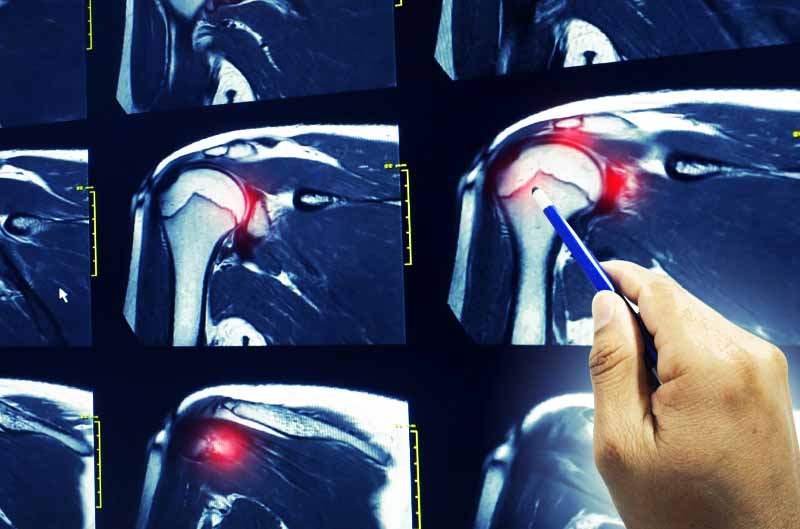
Types of rotator cuff injuries
Remember that the golf swing generates massive amounts of force through the body.
Because the arms and shoulder are directly connected to the club throughout the swing, substantial stresses are exerted on the joints, muscles, and tendons in the arm and shoulder.
The mildest form of injury to the rotator cuff is inflammation or tendonitis, which is the inflammation of the tendon in the rotator cuff. This condition results in stiffness, soreness, and discomfort with reduced mobility.
This condition is easily and quickly remedied with anti-inflammatory medication or hot and cold therapy sessions before play. This should allow a golfer to play without much discomfort and probably complete the round.
Rest is usually prescribed with any inflammatory injury, and continued activity that could increase the inflammation is discouraged until the inflammation has subsided.
While this is not as severe as a torn rotator cuff, this can be a prelude to a more severe injury if ignored.
Do professional golfers get tendonitis?
If you watch professional golf, you often hear commentators referring to players taking meds for inflammation, especially where you have very powerful and fast swings; tendonitis is common.
Pro golfers have a range of medical staff and therapists to assist them in playing through this condition in tournaments.
Still, unless you do, it’s advisable to lay off golf for a few days and allow your inflammation to subside, or you can aggravate it further, which may take longer to heal.
Can I play golf with a partially torn rotator cuff?
With a partially torn rotator cuff, this golf swing motion would become painful, and you would not be able to swing at full power.
This would severely impact your accuracy and distance on your drives and approach shots, making an already difficult game more difficult.
While you could conceivably play golf, the likelihood of completing a round with a fair amount of anti-inflammatories and painkillers is small.
You would probably end up cutting your band short and heading to your doctor.
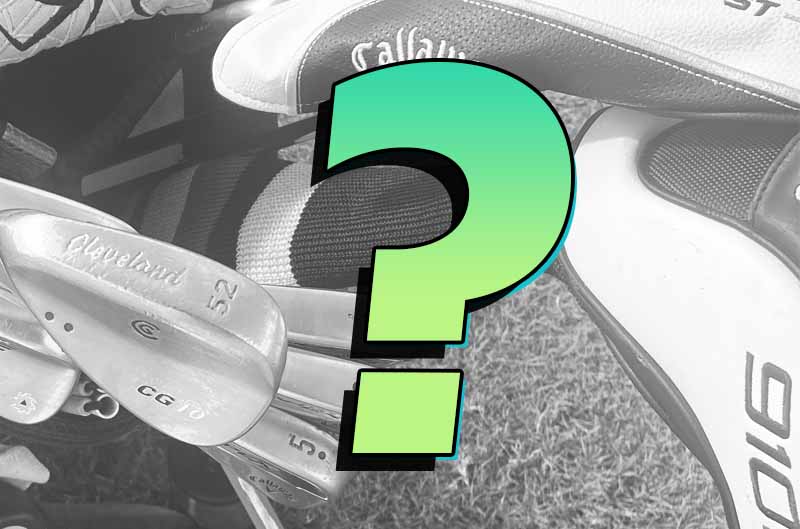
A partially torn rotator cuff means the tendon connecting the muscles to the bone has partially sheared away.
While the symptoms may feel similar to tendonitis, there is a greater level of discomfort and limited motion.
If you partially tear the rotator cuff, your arm and shoulder will feel very weak, with pain and stiffness experienced when you move the arm and shoulder.
You may not be able to lift your arm as high as usual, and here is a telltale sign that something more severe than inflammation is afoot.
Would a partial rotator cuff tear require surgery?
Unlike a full tear, which would require surgical intervention, a partial tear of the rotator cuff would not require surgery.
Physical therapy and medication would be prescribed as a remedy. Special exercises to strengthen the joints, tendons and muscles would be part of the therapy program.
Once the rotator cuff injury and the severity of it have been diagnosed and treatment allocated, you would not be able to play golf for several weeks until the tear has healed completely and your doctor has cleared you to play.
Heat and cold therapy, where ice packs and heat packs are applied for 20 minutes to the injured area, would also constitute part of the recovery process, as well as steroid injections like cortisone that reduce inflammation in partial rotator cuff tears.
Depending on the diagnosis, you may not need cortisone. Still, you could use over-the-counter non-steroidal anti-inflammatory medication like ibuprofen or aspirin – your doctor would advise on the best options here.
Could I play golf with a full rotator cuff tear?
Here, the answer is a most emphatic ‘NO.’
Aside from the severe pain and stiffness accompanying an injury of this magnitude, you would have virtually zero mobility in your arm and shoulder. Even if you wanted to, you would not be able to swing a club with that arm anyway.
If you have seen football players with this injury, that whole area is strapped up and immobilized for weeks until the tear heals, and this would be a similar situation for you.
In this scenario, the tendon has torn completely off the bone, and the only way to fix it is to have surgery.
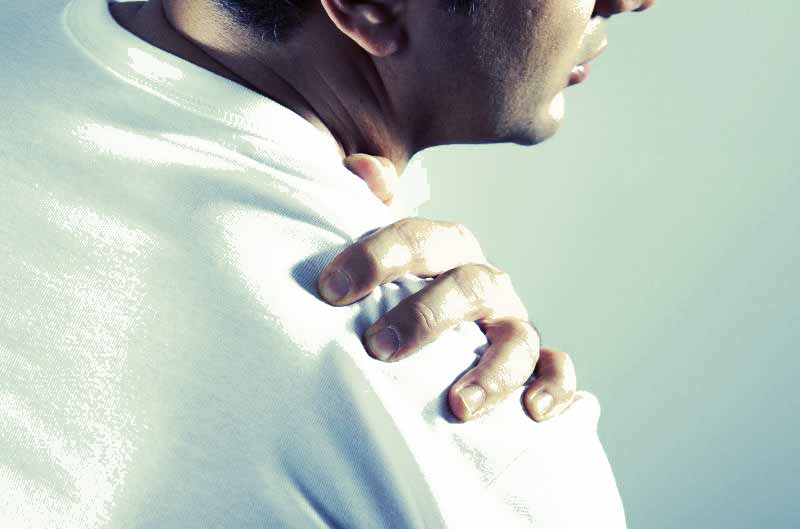
The orthopedic surgeon would reattach the tendon to the bone using arthroscopy to view and repair the tendon and reattach it using stitches and suture anchors. If there are spurs on the bone that need removal, open surgery may be required.
How long after a torn rotator cuff surgery can I play golf?
Post-surgical recovery and therapy are three to six months minimum, depending on the success of the surgery, the severity of the tear, and how well the recovery and therapy are managed.
If you are unfortunate enough to need this procedure, then you need to follow the recovery and rehabilitation plan carefully so you can get back to golf in the shortest time possible, but realistically you should be working for four to six months and maybe a little longer before you will be able to bomb them off the tee again.
What is the recovery process for playing golf after rotator cuff surgery?
Once the rotator cuff surgery is complete and you are discharged, your arm and shoulder will be in a sling. This is to keep the arm and shoulder as immobile as possible and allow the stitches and sutures to bind the tendon back to the bone.
Your doctor will give you strict instructions regarding limiting your movement on that arm, and you may need to learn to do a few things with your other arm and hand for a while – or have someone help you until you recover some motion and strength.
Putting: 6-8 weeks after surgery
You should never attempt any golf-related exercise until your doctor gives you the go-ahead, but you should be able to start putting around 6-8 weeks out of surgery once you are out of the sling.
This would be the first level of golf playable as it requires the least amount of movement in the arm and shoulder.
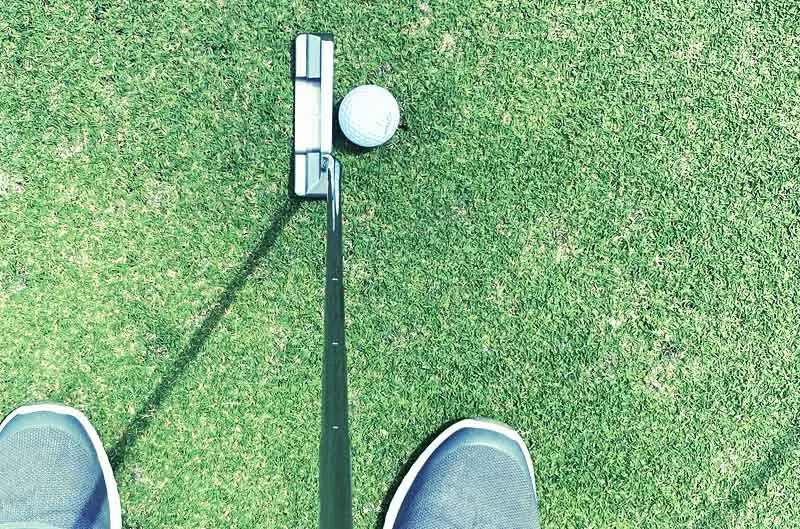
Around the greens and chipping: 12-16 weeks after surgery
Around three to four months after the rotator cuff surgery, you would be able to increase the activity on the arm and shoulder and move to chipping and playing shots around the greens.
Again, you would ask your doctor whether this would be viable before attempting it.
If you get the go-ahead, start with very short chip shots and see how that feels through the arm and shoulder; if there is no pain or high levels of discomfort, you can play slightly longer chips with a little more power, but you are not ready yet to perform a full swing.
Back on the golf course: 20-24 weeks after surgery
Many golfers that have undergone rotator cuff surgery return to full-power golf around 5-6 months after the surgery.
Some additional factors can affect this time frame, including:
- the severity of the tear
- medical history
- recovery ability
- golf experience
- other medical conditions that could affect the swing.
The return to the tee would be a gradual process and would need to be done with continuing therapy and consultation with your doctor to mitigate any risk of re-injuring the rotator cuff.
Starting with low power swings and progressing to medium and full-power swings coupled with strengthening and stretching exercises, you would measure your progress, judging mobility and strength in the arm and shoulder and examining and discussing any discomfort with your doctor.
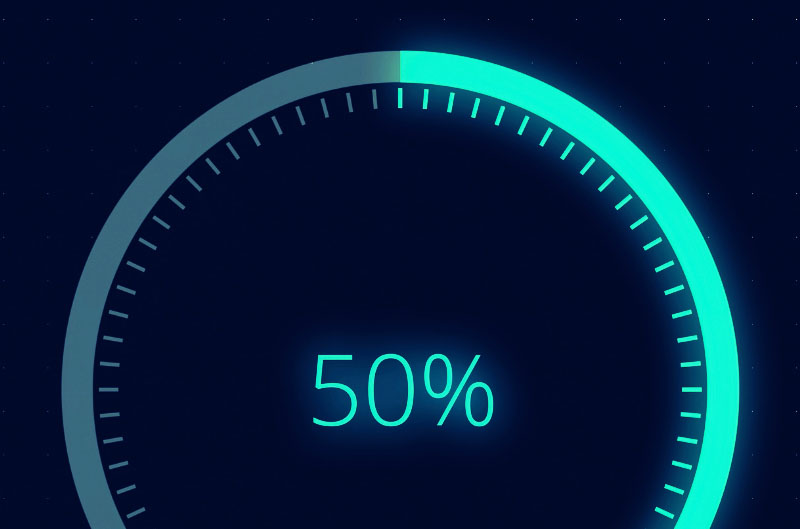
You may also consider engaging with a golf coach that works with rotator cuff rehabilitation.
There would be specific exercises to improve control, strength, and mobility, as well as work with your mental preparation to return to playing regular golf again.
Would I need to change my golf swing after rotator cuff surgery?
Sometimes, you may need to alter your swing technique to allow for lower risk during the swing and allow the shoulder and arm to ‘remember’ your swing the way it was before.
Depending on the injury, this may be a permanent or temporary arrangement.
You may find that if the tear was severe and you don’t recover full power in the swing on that side, a remodeled swing is required to accommodate the lack of strength or mobility, and aside from the swing itself, you may need to consider changing clubs to some with more flex in the shafts as well.
Recovering from a torn rotator cuff
It’s critical to your long-term recovery and returns to the game that you follow your doctor and therapist’s advice.
Ignoring it could easily result in re-injuring the tendon, which would set you back and possibly require more surgery.
Don’t try and be a hero when it comes to the pace of your post-op recovery; you need to be patient and go through the recovery process and take it slow to start and then gradually build back up to the level you were before.
Modern surgeries on rotator cuffs, especially if an open surgery is not required, are very successful.
You will focus on more rotation around the spine, which puts less pressure on the shoulder during the swing.
Several specific exercises your physical therapist or coach may assign to you, and other general stretching and strengthening will help your body recover and get in shape for a full-power golf swing.
Be smart, take things slow
A torn rotator cuff does not spell the end of your golf, but it will take a bite out of your playing time, while a less severe tear could have you playing within a few weeks.
Playing golf with a torn rotator cuff, whether full or partial, is not recommended, and you should never play without being cleared by your doctor.
The key to recovery and returning to golf after a torn rotator cuff is to follow the program, be disciplined and be accountable. You will see the positive results as you progress; who knows, you may become a better golfer!
Follow us on Twitter at https://twitter.com/wolfitgolf and let me know if you begin to start playing golf pain-free.
Resources